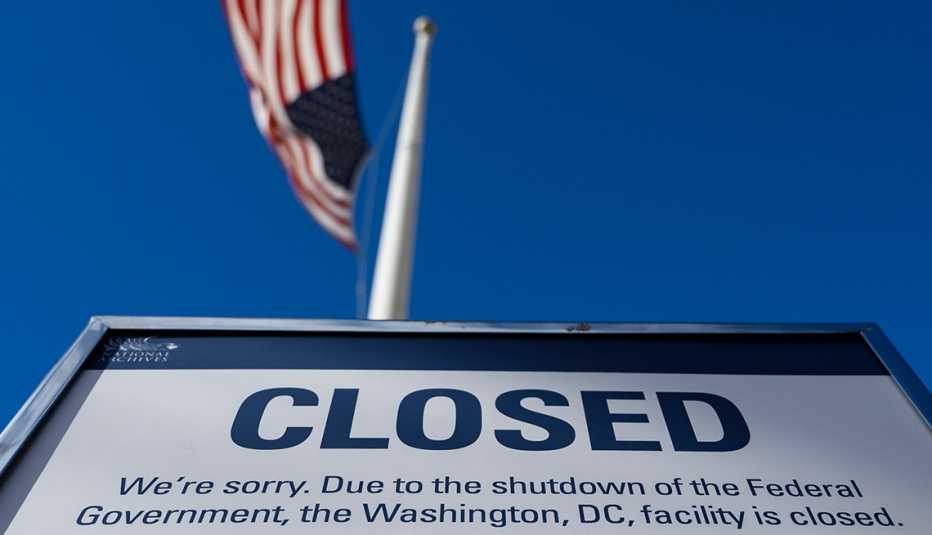Staying Fit


As the longest government shutdown in U.S. history enters its fifth week, many services that older Americans rely on — from Social Security to the U.S. mail — remain intact. But the prolonged disruption of nine major agencies is still having a widespread effect.
About 800,000 of the nation’s 2.1 million federal workers were furloughed without pay, although an estimated 450,000 “essential” employees are continuing at their posts. This week, President Trump signed a bill that ensures federal workers will receive back pay, but that won’t happen until the shutdown is over. And that legislation will not apply to the hundreds of thousands of contractors who work for the federal government.


AARP Membership— $12 for your first year when you sign up for Automatic Renewal
Get instant access to members-only products and hundreds of discounts, a free second membership, and a subscription to AARP the Magazine.
The partial shutdown that began Dec. 22 affects the departments of Agriculture, Commerce, Homeland Security, Interior, Justice, State, Transportation, Treasury, and Housing and Urban Development. These agencies are responsible for everything from inspecting the nation’s food supply to security checks at airports to processing income tax returns.
The rest of the federal government is fully funded. That includes departments like Health and Human Services and the Social Security Administration, which pay Medicare claims and provide Social Security payments to retirees and people with disabilities.
And as the shutdown has progressed, more and more federal employees are being called back to work — most without pay.

































































More on Politics
Food Stamp Benefits Continuing During Partial Shutdown
Low-income Americans assured of benefits at least through FebruaryWhat Is the Debt Ceiling?
The U.S. has never defaulted on its borrowingWhat the Shutdown Means for You
Which federal government services will be available during the partial closure?